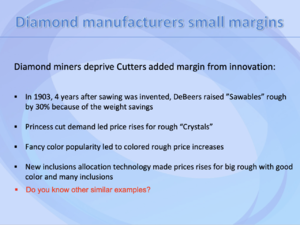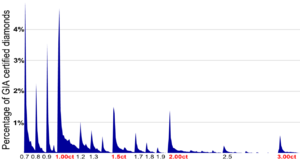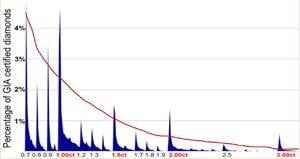- Joined
- Aug 15, 2000
- Messages
- 18,459
The current method that the vast majority of rough diamonds are traded on as invented by Barney Banarto and Cecil Rhodes in the 1890's in South Africa finally has a competitor. Maybe a perfect use for blockchain?
https://www.thediamondloupe.com/rou...ond-platform-not-lacking-ambition-holding-4th
and the nice video
https://www.lucaradiamond.com/clara/
https://www.thediamondloupe.com/rou...ond-platform-not-lacking-ambition-holding-4th
and the nice video
https://www.lucaradiamond.com/clara/







300x240.png)